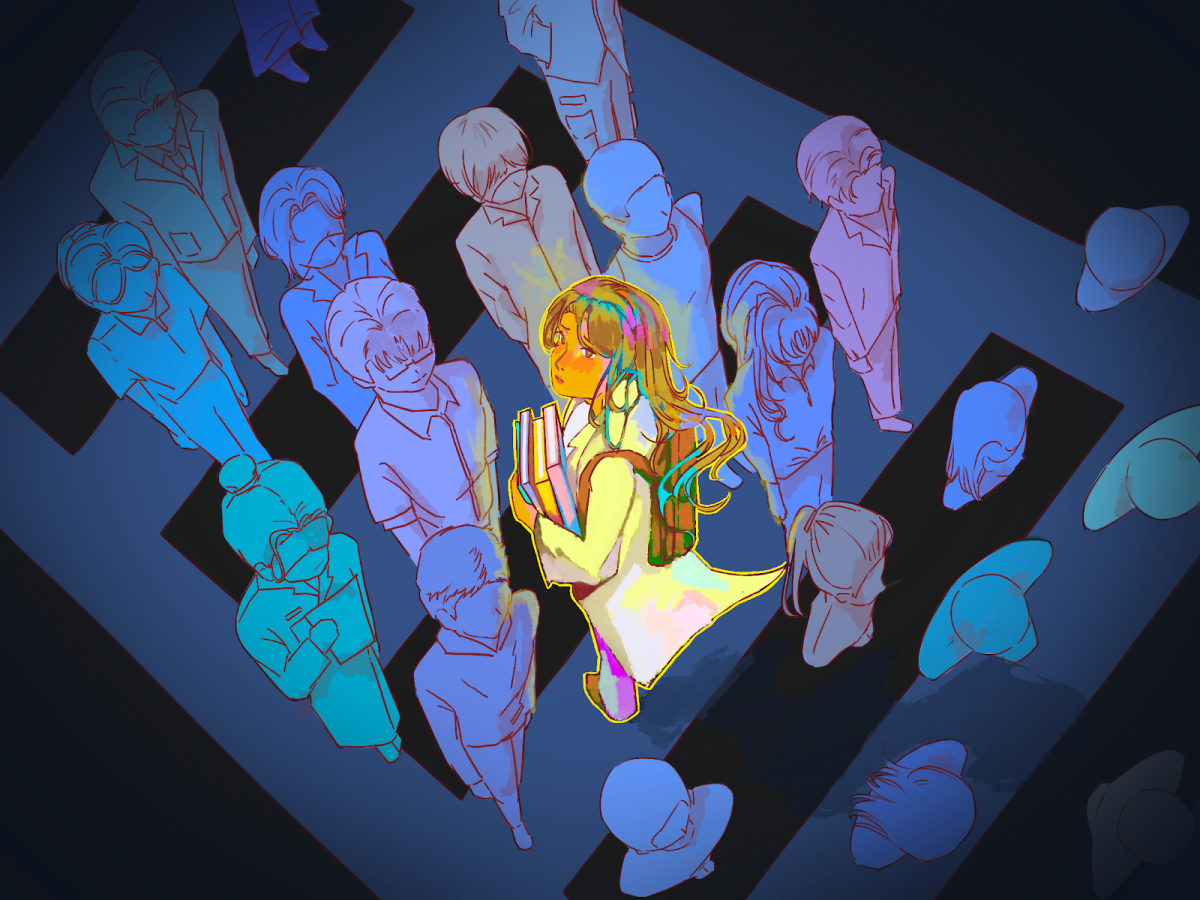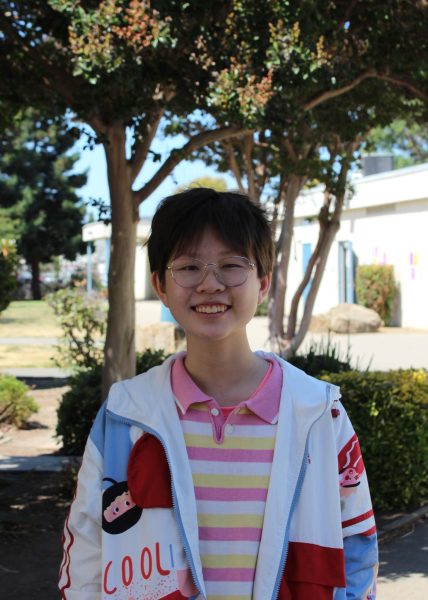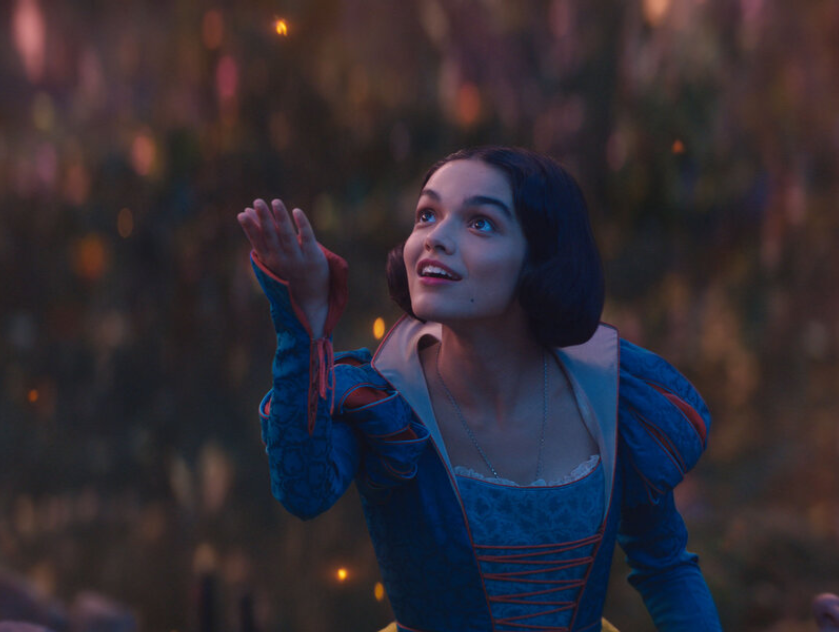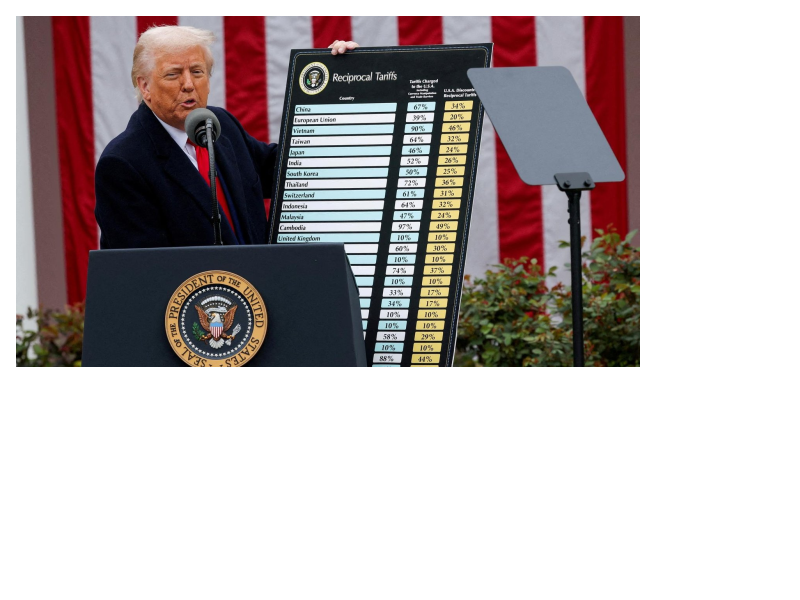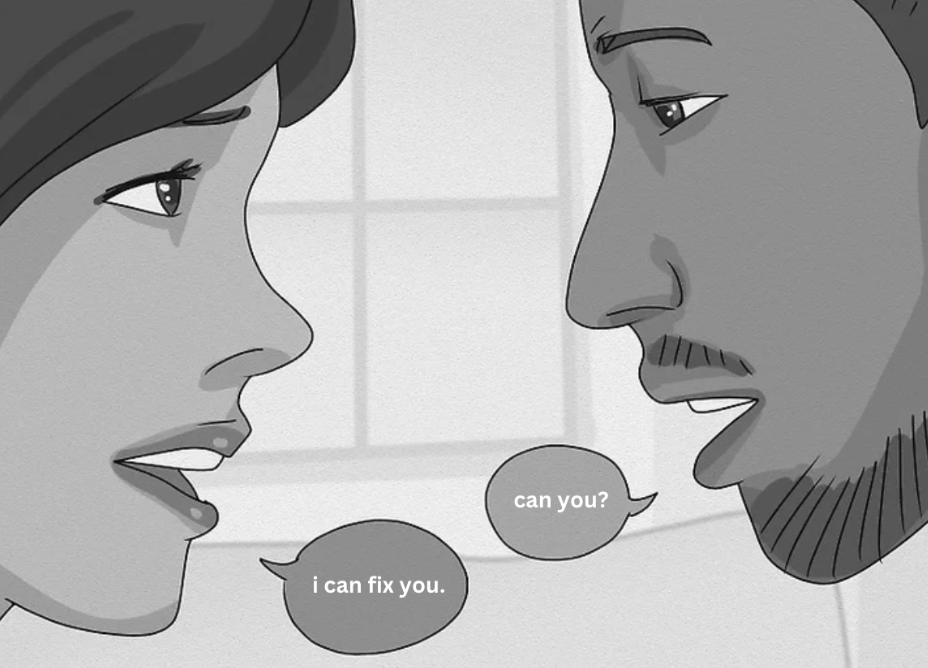Whether you’re a freshman who’s already burnt out from high school life or a senior who’s dying to graduate already, we’ve all been looking forward to the school year ending. Our years at Irvington have been filled with a fair share of assignments, tests, and presentations that have made us wonder what is the point of it all. As we enter a new age of digitalization that seems to make all our skills in writing and computing pointless, it’s no wonder why many learners today cast a growing doubt on the value of education. However, it is crucial for us to retain that the value of education, whether in the past or in today’s age, is to cultivate student’s independent and creative thinking.
American institutions in the United States, whether old or newly established, have always prioritized developing individuals’ creative thinking. Princeton University, founded in the sixteenth century, promotes a “liberal arts” education they define as the learning of “read[ing] critically, writ[ing] cogently and think[ing] broadly” by “exploring issues, ideas, and methods across the humanities and arts, and the natural and social sciences.”
Although not under the term “liberal arts,” even elementary schools today introduce the idea to early learners via the method of science inquiry. This practice may involve anything from kindergartens finding out the difference of moisture on windows in cold rooms versus warm rooms to high schoolers testing how sulfur dioxide separates into different compounds. By enabling students to think in a creative manner, science inquiry and liberal arts enable students to develop their opinions, understandings of the world, political opinions, and a sense of identity that’s crucial in this growingly individualized world.
However, the current state of college admissions and employment prospects are gradually moving away from this philosophy of independent thinking, much to students’ detriment. At many elementary and secondary schools here in the United States, many learners are taking a formulaic approach to learning instead of the creative approach. Here at Irvington, the recipe to success seems to be a sprinkle of AP courses, whether taken at school or outside, and a drop of leadership positions in clubs. Even civic volunteering and research, formerly activities that demonstrated creativity, seems to be a checkbox in the growing list of criteria high schoolers need to complete to be successful.
While learning this way can be a source of stress, students from low-income communities are even less able to pursue their creative interests due to a lack of the opportunities we’d deem to be “formulaic” being available. According to a governance brief by the California School Boards Association, marginalized groups such as African American, Latino, and American Indian/Alaska Native students — groups that the U.S. Department of Labor identifies to be disproportionately impoverished — are less likely to enroll in STEM or AP courses. This is due to schools in their neighborhood being less equipped with the resources and staff that allow many students to pursue interests creatively. As a result, low-income students are less able to reach their fullest creative potential, with the National Center of Education Statistics reporting that 15- to 24-year-olds have an event dropout rate of 7.2 percent if they were in the lowest income quarter, compared to rates of 3.6 and 3.9 percent for students from the middle high and highest income quarters respectively.
In addition, students more interested in the arts and humanities are less able to learn creatively in their preferred way. While their passions and interests are just as valid as that of science, technology, engineering, or math (STEM) majors, today’s schools, employers, and economies are rapidly evolving to favor STEM subjects. At Irvington, this growing change is reflected in the discrepancy in the demand for arts and humanities versus that of STEM classes, whether it be in course enrollment at our school or funding for resources at the state level. My experience with Irvington’s humanities and art classes is filled with a sense of disorganized chaoticness, as I saw history rooms always being jam-packed with students and art rooms lacking funding and relying on student donations to sustain projects. Although my experience didn’t significantly affect my passion for art, I can see how it could have for someone else.
Students everywhere are less able to pursue their interests independently because of the pressure to seek employment in a well-paying field which forces humanities majors into STEM careers. Young aspiring artists and writers know this as the talk they have with their family about their major’s lack of practicality as they create, enjoy creating, and see others recognize their creations, while humanities majors at the university level face an even greater pressure due to finances. According to a survey of over 1,000 participants by trade-schools.net, students majoring in social sciences; arts and humanities; and public and social services are significantly more likely to report “Alternative Field Would Provide More Value” and “A Lack of Available Jobs in Field” as the primary reasons for why they switched degrees.
However, this shift is not due to arts and the humanities inherently becoming less valuable, but because of the rising demand to remove the independent thinking associated with these subjects. Social media platforms like X have seen an increase in artificial intelligence (AI)-generated artand writing, requiring users little creative output to put out work that appears to be similarly well-crafted at first glance. These emerging technologies, although seem to produce more artwork, take away the essence of education — promoting independent and creative thinking.
As a result, the new switch to AI is telling many aspiring artists and writers that their passions are unworthy to be pursued, even if their works are inherently valuable in communicating unique ideas. And even for those not passionate about the arts, the surge of AI has brought many students in as a way of bypassing writing assignments, even if it comes to the detriment of their independent learning. Ultimately, the state of AI today is creating a self-perpetuating cycle as when people are not interested in the humanities, they are unwilling to hone their skills further, making them unable to learn why to love the arts in the first place.
Today, our society is rapidly changing to see widening income inequality and exponential innovations in AI technology that threaten the principle of independent thought that comes with education. While threats like financial insecurity and social pressure are ever-so pervasive and pursuing a well-paying career over a lifelong passion seems like the only way to survive, it is more important to go against the tide to pursue your interests regardless of outside pressure as a form of resistance. Resilience builds strength in character, and only through investing in liberal arts education, will we nurture the leaders and thinkers who will reform and improve the status quo — to improve the current state of education for all.


